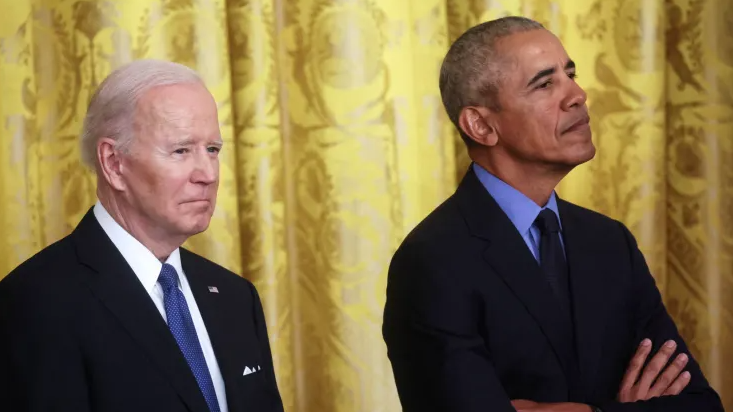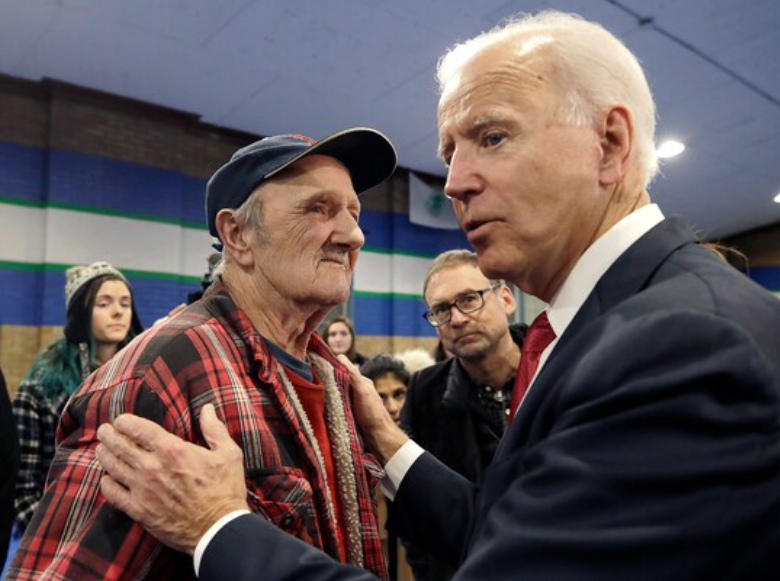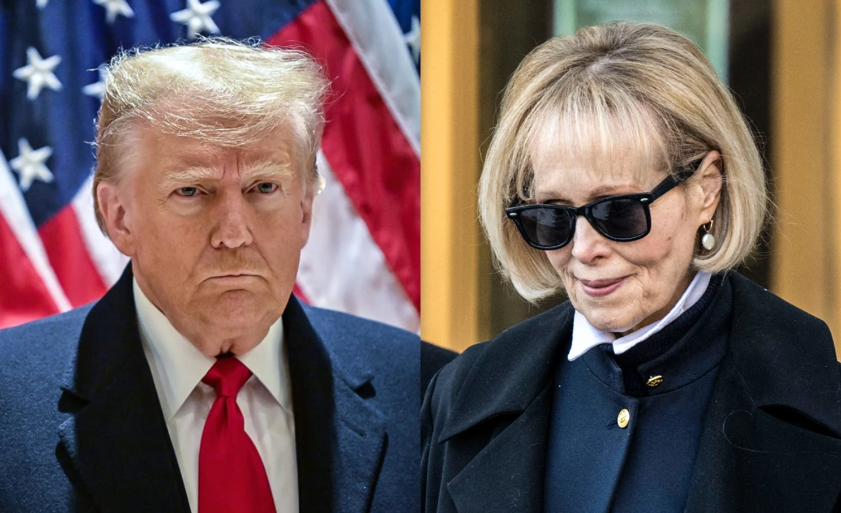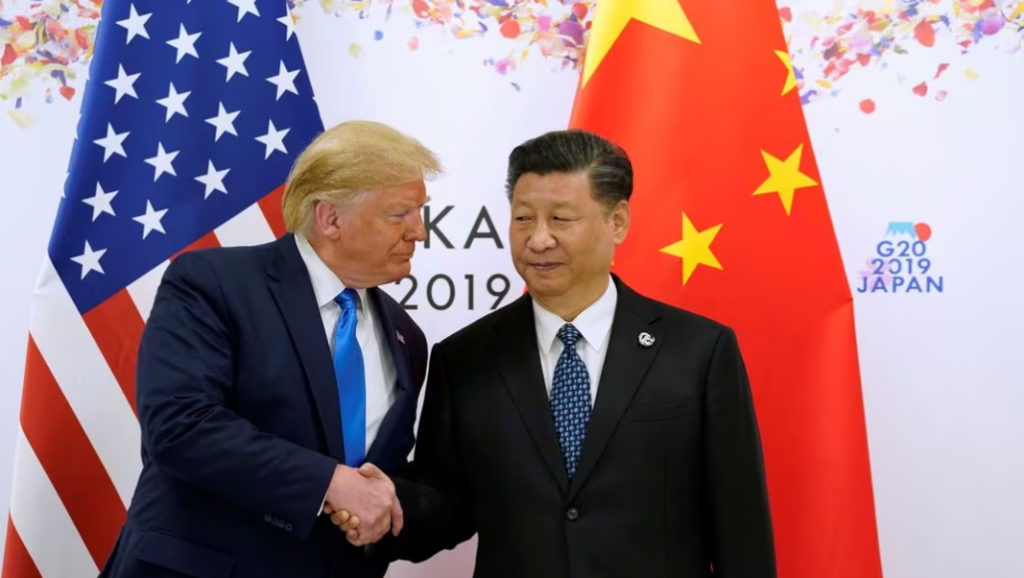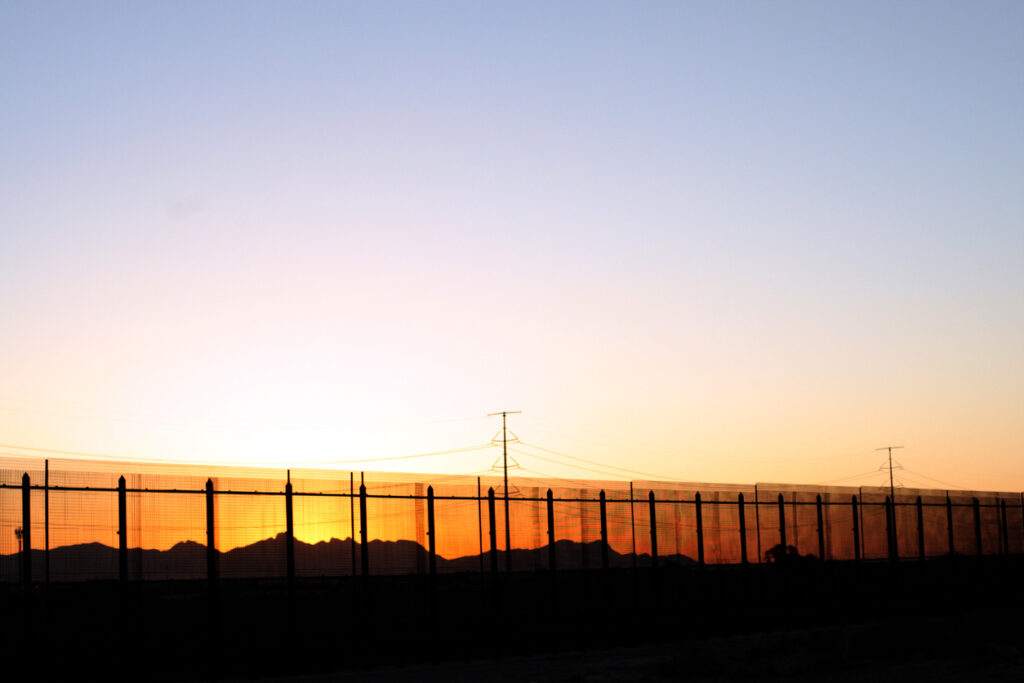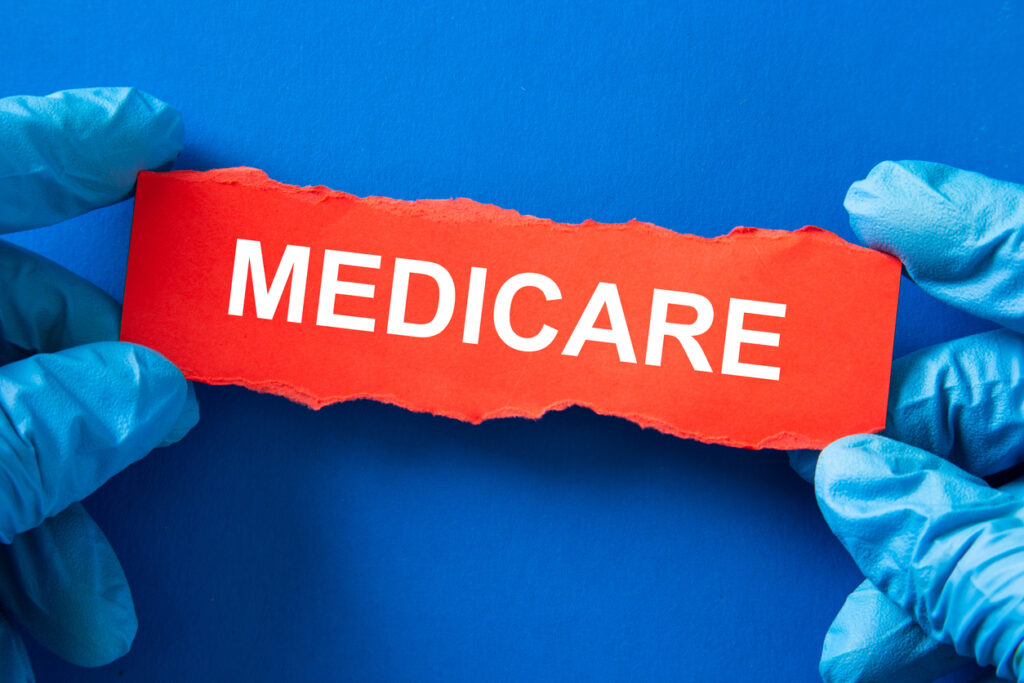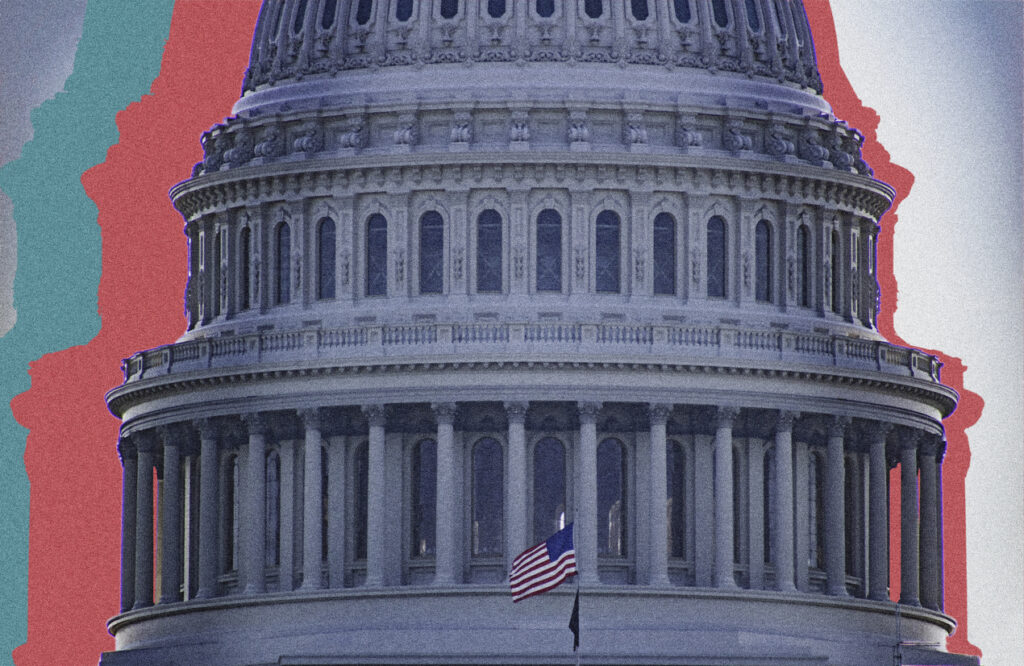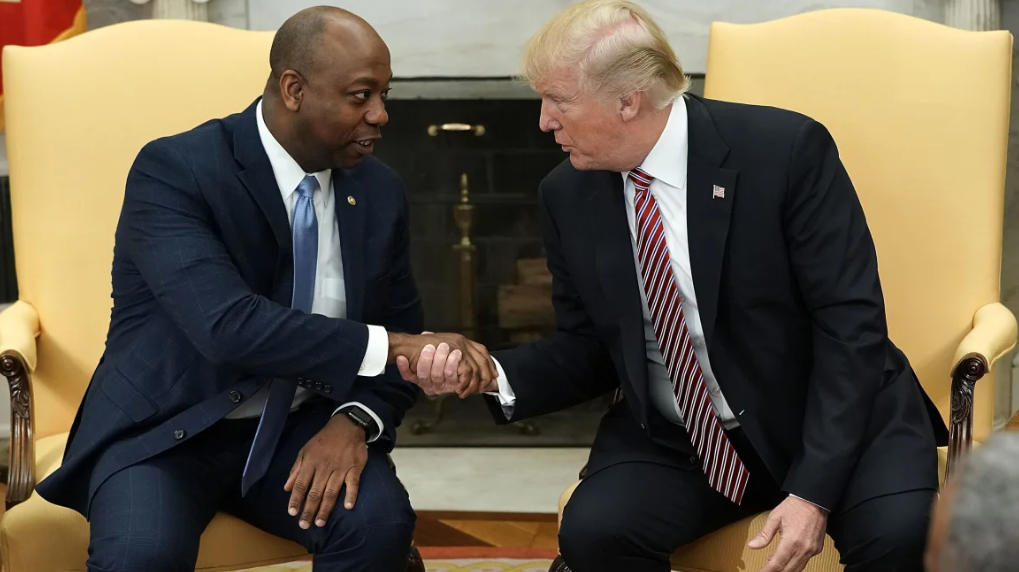As whispers and speculation about a second Trump administration fill the air, one topic generating considerable buzz is the potential restructuring of the Centers for Disease Control and Prevention (CDC). Amidst ongoing debates over the agency’s handling of the Covid-19 pandemic and public health recommendations, some conservatives are championing a bold proposition: dismantling the CDC as we know it.
A Radical Proposal for Change
The idea, borne from a mix of dissatisfaction and distrust towards the CDC’s pandemic responses, suggests splitting the agency into two distinct entities. One would focus purely on public health surveillance, such as tracking disease outbreaks, while the other would handle public health recommendations but with significant constraints. This concept, advocated by groups like the Heritage Foundation, reflects a desire to narrow the CDC’s focus and limit its influence on policy decisions.
Concerns and Consequences
Critics argue this approach could compromise the nation’s ability to effectively respond to health crises. The thought of segregating surveillance from policy recommendation has raised eyebrows among public health experts. Dr. Tom Frieden, a former CDC director, warns that such fragmentation could hinder, not help, outbreak responses, diluting the united front needed to tackle public health challenges efficiently.
The Heart of the Debate
At the core of this debate is a question of balance: how to ensure the CDC can fulfill its mission without perceived overreach into Americans’ lives. Conservatives voice concerns over what they see as the agency’s drift into “social engineering,” citing examples like health equity initiatives. They advocate for a leaner, more focused CDC, one that sticks strictly to science without venturing into policy advocacy.
Navigating Political and Practical Realities
Yet, transforming the CDC is not as straightforward as issuing an executive order. Legislative action would be required to enact such significant changes, signaling a potentially lengthy and contentious process. Moreover, any efforts to curtail the CDC’s scope could face resistance not just from within the public health community but also from the broader public, especially if changes are seen as diminishing the nation’s preparedness for future health threats.
A Crossroads for Public Health
As we stand at this crossroads, the future of the CDC and, by extension, American public health policy, hangs in the balance. The discussions surrounding the agency’s potential overhaul reflect broader tensions about the role of government in health care, the balance between individual freedoms and community well-being, and how best to safeguard the nation’s health in an increasingly complex world.
Looking Ahead
What the CDC will look like under a second Trump presidency remains an open question. Will it be a streamlined organization sharply focused on disease tracking, or will it retain its broader role in shaping public health policy and recommendations? As debates rage on, one thing is clear: the decisions made today will have lasting impacts on how America confronts its public health challenges tomorrow.
In Conclusion
The proposal to dismantle and restructure the CDC reflects deep political divides and differing visions for America’s public health strategy. While proponents see it as a necessary correction to perceived overreach, opponents worry about the implications for national and global health security. As this conversation unfolds, it will be crucial for policymakers, public health professionals, and the public to engage in thoughtful dialogue to ensure the CDC can continue its vital work, whatever form it may take in the future.
